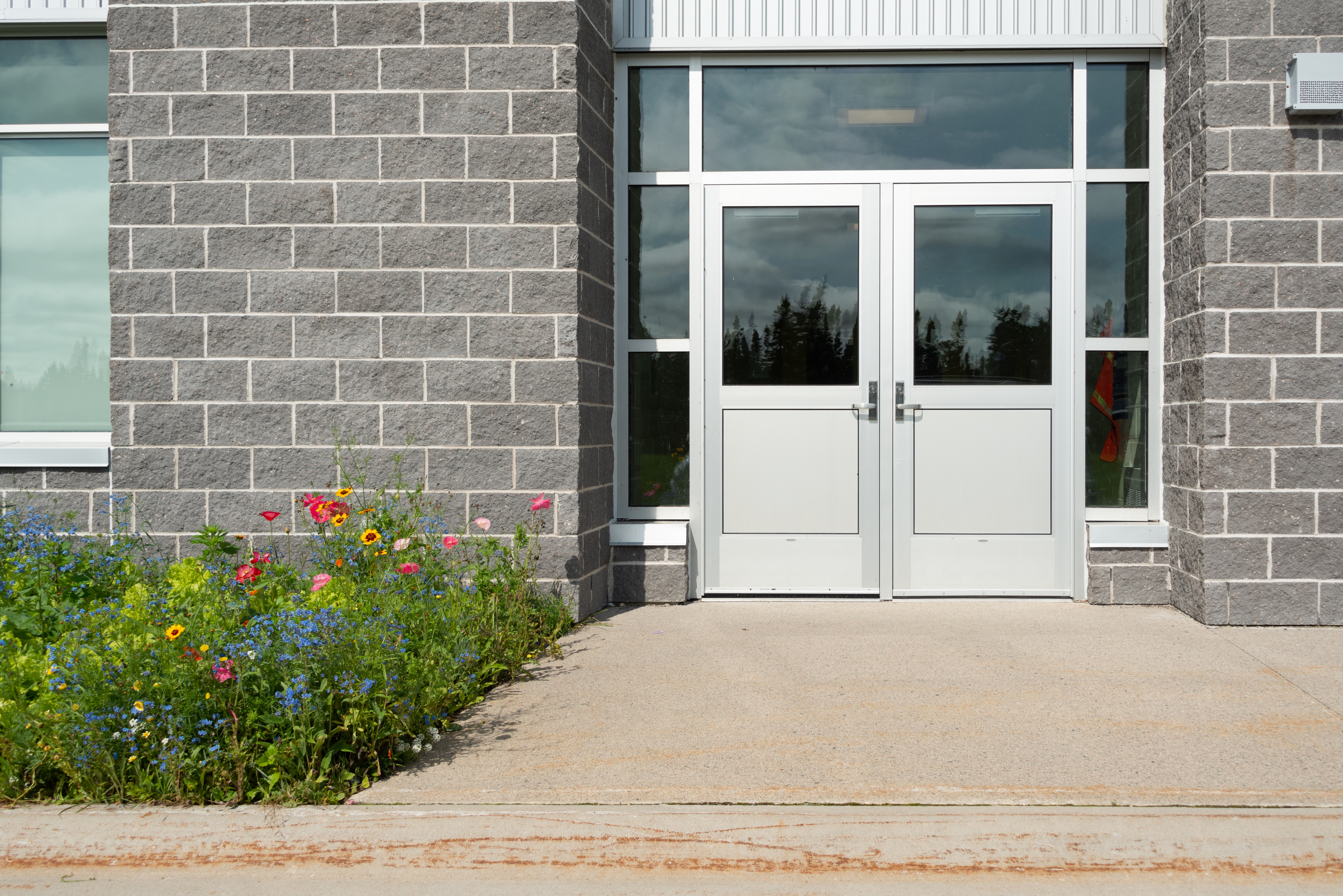There’s a clear nationwide development of federal courts disposing of COVID-19 enterprise interruption fits.[1] Insureds aren’t clearing their preliminary burden to determine direct bodily loss or harm to property, or they’re operating afoul of virus and contamination exclusions. Comparatively few state supreme courts, nevertheless, have weighed in to resolve the difficulty, thereby offering steering to their very own decrease courts and federal courts that should observe state regulation.[2] Insurers and insureds alike have been watching to see which method the Oklahoma Supreme Court docket would maintain. In Cherokee Nation v. Lexington Ins. Co., 2022 OK 71, the Court docket joined the nationwide mainstream and dominated in opposition to the insured.
Companies affiliated with the Cherokee Nation introduced a declaratory judgment in opposition to their insurers to recuperate financial losses they sustained at first of the COVID-19 pandemic. Their coverage, which was a specialty product tailor-made to tribes, contained the next protection grant:
- COVERAGE
- BUSINESS INTERRUPTION
Towards loss ensuing from interruption of enterprise, providers or rental worth brought on by direct bodily loss or harm, as lined by this Coverage to actual and/or private property insured by this Coverage, occurring through the time period of this Coverage.
The insurers argued that the coverage didn’t present protection for the insured’s losses as a result of it didn’t maintain “direct bodily loss or harm” to its properties. The insurers contended that the enterprise interruption protection solely applies when there’s a interval of restoration throughout which broken property is repaired or changed.
The trial court docket decided that the phrase “brought on by direct bodily loss or harm… to actual and/or private property” included losses incurred by intangible hurt that rendered the insured’s properties unusable for his or her supposed functions. The trial court docket granted the insured’s movement for partial abstract judgment, discovering protection below the enterprise interruption provision. The trial court docket additionally concluded that the coverage’s exclusions didn’t apply to pandemics or worry of viruses.[3] The insurers appealed and the Oklahoma Supreme Court docket retained the attraction. In Oklahoma, a celebration can attraction a trial court docket choice on to the Supreme Court docket, which decides whether or not to assign the attraction to the Court docket of Civil Appeals or to retain it.
The Oklahoma Supreme Court docket relied on a current Oklahoma federal case analyzing COVID-19 enterprise interruption claims, Govinda, LLC v. Columbia Mut. Ins. Co., 545 F. Supp. 3d 1167 (W.D. Okla. 2021). Govinda undertook a prolonged survey of pre-pandemic Oklahoma regulation in addition to pandemic-era federal case regulation from different jurisdictions. Govinda held in favor of the insurer. The Oklahoma Supreme Court docket held in daring font that the phrase “direct bodily loss or harm… to actual and/or private property” requires “speedy and precise, materials, or tangible deprivation or destruction of property.”
The Oklahoma Supreme Court docket emphasised that the insured’s coverage lined property. The Court docket additionally examined dictionary definitions for every a part of the protection grant. The Court docket opined that “harm” is a lesser hurt than “loss,” however each loss and harm to property have to be “bodily” which implies materials or tangible. Citing federal case regulation from Oklahoma and Texas, the Court docket opined that intangible losses are precluded when they’re unaccompanied by distinct, demonstrable, bodily harm to property. To search out in any other case, the Court docket concluded, could be to render the phrase “bodily” within the coverage meaningless. The Court docket additionally noticed that the coverage’s “interval of restoration” provision supported the conclusion that “direct bodily loss or harm” requires the bodily act of rebuilding or changing property. Notably, the Court docket emphatically rejected the insured’s arguments that numerous COVID-19 protocols and modifications to property constituted bodily loss or harm. The Court docket rejected a laundry checklist of alleged bodily loss or harm:
- Putting in acrylic boundaries;
- Putting in sanitation stations;
- Staggering seating and gaming machines; and
- Changing air filters.
The insured’s admission that it took pre-emptive motion additionally undercut its claims within the Court docket’s view.
Three justices dissented, however cited no case regulation. They indicated that the coverage could have been ambiguous.
Cherokee Nation is a mainstream opinion. The Court docket said:
The district court docket’s growth of enterprise interruption protection ignores the plain, unambiguous language of the Coverage and the choices from practically all circuit courts of appeals, many federal district courts, and state courts which have dominated that enterprise interruption protection requires precise, tangible loss or harm to property, not simply lack of use.[4]
As a result of Cherokee Nation cites Texas case regulation and Oklahoma is Texas’ neighbor, Cherokee Nation could also be influential on Texas state appellate courts inspecting these points.
[1] See, e.g., Dickie Brennan v. Zurich Am. Ins. Co., 2022 U.S. App. LEXIS 21185 (fifth Cir. Aug. 1, 2022); Brown Jug, Inc. v. Cincinnati Ins. Co., 27 F. 4th 398 (sixth Cir. Feb. 23, 2022); Paradigm Care & Enrichment Ctr., LLC v. W. Bend Mut. Ins. Co., 33 F 4th 417 (seventh Cir. Could 3, 2022); Oral Surgeons, P.C. v. Cincinnati Ins. Co., 2 F 4th 1141 (eighth Cir. July 2, 2022).
[2] See, e.g., Wakonda Membership v. Selective Ins. Co. of Am., 973 N.W.second 545 (Iowa April 22, 2022) (siding with insurer); Sullivan Mgmt. v. Fireman’s Fund Ins. Co., 2022 S.C. 90 (Aug. 10, 2022) (similar).
[3] Whereas the Oklahoma Supreme Court docket didn’t attain the difficulty of the insurers’ exclusions given its holding that the insuring settlement supplied no protection for the insured’s declare, the Court docket appeared to point that the virus exclusion doubtless utilized in commenting that the district court docket failed to acknowledge “widespread language utilized by carriers to obviously exclude such losses.”
[4] Certainly, the Court docket’s opinion features a footnote that’s two pages lengthy, Footnote 13, cataloging opinions which have held “direct bodily loss or harm” is just not ambiguous and the phrase requires bodily loss, not simply mere lack of use.
About The Writer
